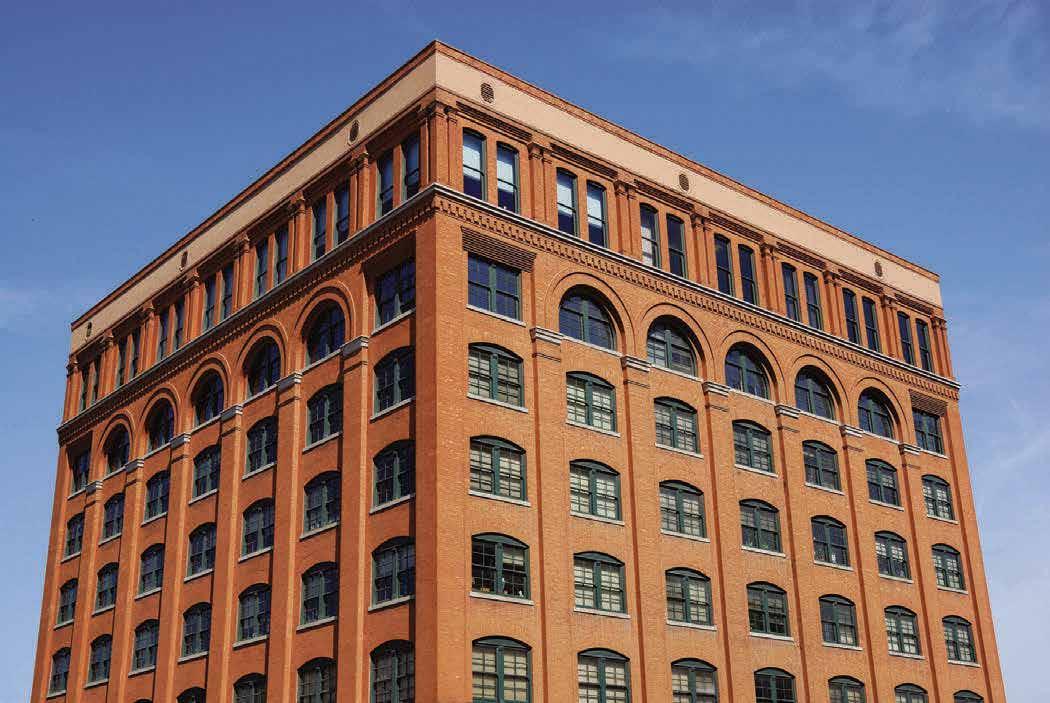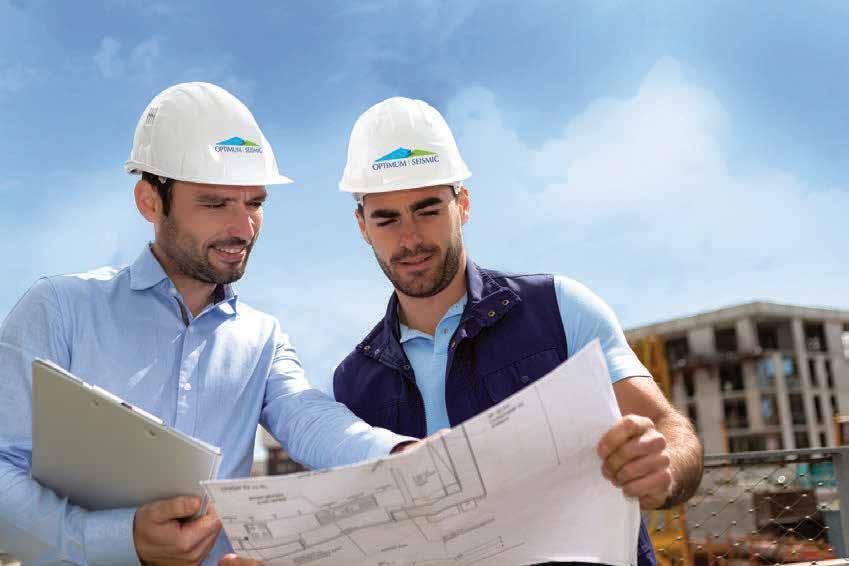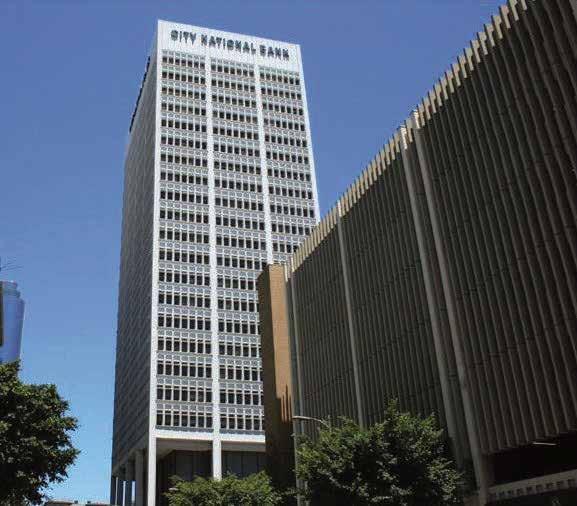
3 minute read
Great ShakeOut to Prepare Millions for Earthquakes
BY ALI SAHABI
An estimated 18 million Americans will take part this month in the Great ShakeOut, a national safety drill designed to heighten awareness of ways to prepare for major earthquakes.
The month will be filled with messages about earthquake risk and personal safety, culminating with the annual drill, which will be held October 21. Visit ShakeOut.org for more information.
Being prepared personally by having a family emergency plan, adequate supplies on hand and learning to “Drop, Cover and Hold On” to avoid injury from falling objects are very important. However, we need to make resilience a priority throughout the year and also prioritize actions we can take to make our buildings, businesses and communities much safer during and after earthquakes.
The Big One is coming, and it’s going to be like nothing any of us have ever experienced before. Experts say tens of thousands of our buildings are at extreme risk of failure or collapse when it happens.
A recent study by CoreLogic estimates that a major quake along the San Andreas Fault could cause $289 billion in destruction, including 3.5 million homes damaged. What’s not calculated in that figure is the residual economic loss from broken infrastructure, shuttered businesses and public services, widespread homelessness, and general chaos.1
The 1994 Northridge quake caused $67 billion in widespread damage — ranking it as the second costliest natural disaster in U.S. history behind Hurricane Katrina. Yet the 6.7 magnitude of that temblor was relatively mild compared with what could be. Seismologists agree that a major quake of 7.5 magnitude or more is due to rattle California to its core. It’s just a matter of time.
This month, I want us to be honest with each other and ourselves.
If 18 million participate in this month’s ShakeOut — pack emergency kits for our children’s schools, the trunks of our cars, and practice Drop, Cover and Hold On at work — how many of us are going to take the extra step in the months ahead to think more broadly about the threats we are facing. • Will you or your residents still be able to live in your apartment building after that quake? • How many of our tilt-up warehouses and high-rise buildings will be closed due to damage? • Will you or a loved one be among the million people left homeless? • Will the business you work in or school you attend still be operating?
California needs statewide measures to sustain our societies both socially and economically. The recommended steps for this process would be: • Identify vulnerable structures and other hazards in our communities.
• Raise public awareness of the risks faced locally and encourage efforts to improve resilience. • Implement programs to assist building owners with earthquake retrofits.
California ranks as the sixth largest economy in the world. In fact, 17 percent the nation’s job growth and 24 percent of its gross domestic product increase between 2012 and 2016 can be attributed to California, according to Stephen Levy, director of the Center for Continuing Study of the California Economy.
If the Golden State were to suffer an earthquake catastrophe of epic proportions, the impacts would be felt throughout the nation. Resiliency against earthquakes is not only a California issue, but also a matter of national, and potentially global concern.
About the Author:
Ali Sahabi, a licensed General Engineering Contractor (GEC), is an expert in seismic resilience and sustainability. He is Co-Founder of Optimum Seismic, Inc., which has completed more than 3,500 seismic retrofitting and adaptive reuse projects for multifamily residential, commercial, and industrial buildings throughout California.
SEISMIC ENGINEERING & CONSTRUCTION EXPERTS
Since 1984, our team has been making California buildings safer, performing full-service seismic retrofit engineering, steel fabrication and construction on soft-story apartments, historical structures, non-ductile concrete buildings, steel frame and unreinforced masonry buildings throughout the state of
California.
Our business model is built on value engineering: a systematic method of achieving the optimum ratio of functionality, safety and cost effectiveness.

We believe that superior customer service is the foundation of any business, and we customize every project to suit the individual needs of our clients. Industry leader


Proven expertise
Satisfied clients

Experts in All Building Types
Soft-story Multifamily Tilt-up Unreinforced Masonry Non-ductile Concrete Steel Moment Frame
Full-service Team
In-house Licensed Engineering, Steel Fabrication & Construction
Since 1984, our team has completed more than 3,000 projects
(833)9Strong
(833) 978-7664
optimumseismic.com
Contractor License No. 1012702








